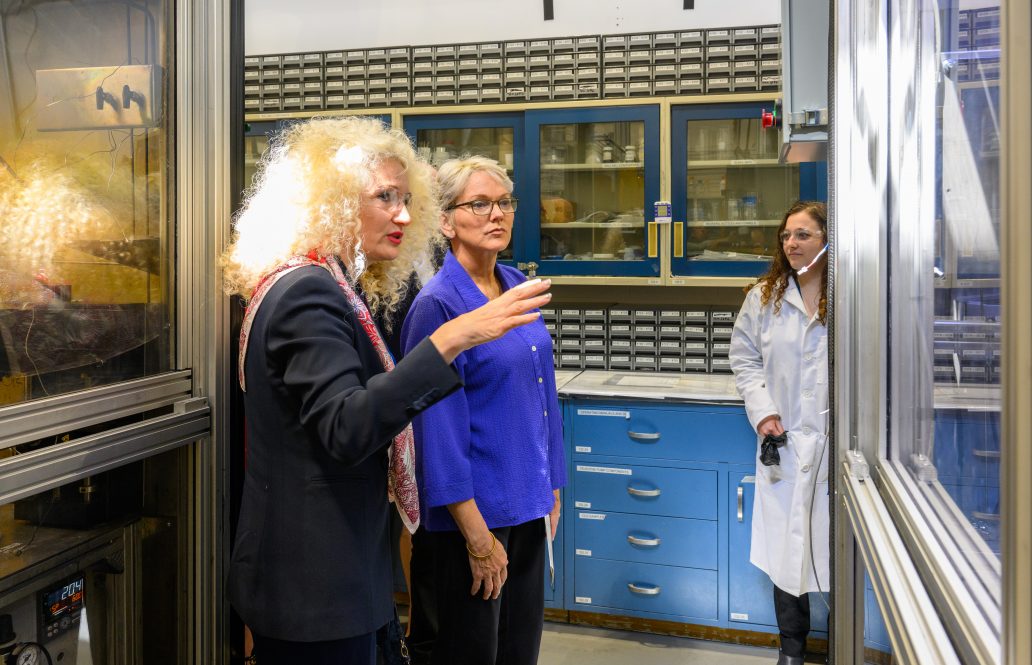Radenka Maric, dean of students at the University of Connecticut, introduced her Carbon Neutrality plan in December 2022 as one of her first initiatives in the position. The goal is to achieve carbon neutrality by 2030.
Maric has a background in engineering and clean energy. In 2001, she worked on a clean energy startup in Atlanta before joining UConn in 2010 as a professor in biomedical and chemical engineering.
The Carbon Neutrality plan is ambitious, with a goal of reducing emissions by 2030. UConn’s 2007 baseline indicated that the university wouldn’t reach carbon neutrality until 2050, two decades later than Maric’s target.
Currently, with just over five years to go, UConn has reduced about 50,000 metric tons of CO2 emissions, including a reduction of 10,000 metric tons since Maric launched the plan. However, the university still needs to cut approximately 152,000 metric tons to reach its goal.
The main focus of the plan is hydrogen power. UConn is planning to build a hydrogen fuel dispenser hub on the far northeast side of campus, set to open in spring 2025. The hub will support hydrogen-fueled campus vehicles, including buses. By 2030, all campus vehicles will be either hydrogen-powered or electric. UConn plans to introduce two electric buses in spring 2025.
Other additions to the plan include solar bus stations, hydrogen fuel stations, and electric vehicle charging stations across campus.
From 2022 to 2024, UConn reduced its gas fuel consumption by 40%, and diesel fuel consumption dropped by 56%.
I reached out to the Office of Sustainability to find out more about the status of the Carbon Neutrality plan, but they declined to comment.


